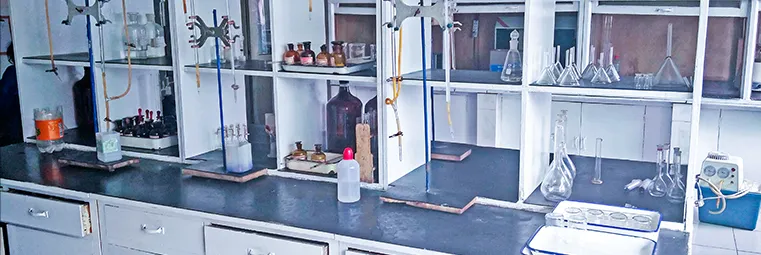Pharmaceutical API Production Process A Comprehensive Overview
The pharmaceutical industry plays a critical role in public health, with Active Pharmaceutical Ingredients (APIs) being the essential components of medications. The production of APIs is a complex process that requires stringent quality controls, advanced technology, and adherence to regulatory standards. This article provides an overview of the key steps involved in the API production process and the factors that influence it.
1. Development and Research
The production of any API begins with a robust research and development (R&D) phase. During this stage, scientists analyze the properties of potential compounds and their efficacy as drug agents. The goal is to identify the most promising candidates for further development. This phase involves synthesizing the compounds, conducting preclinical trials, and determining the optimal formulation for stability and bioavailability. Extensive documentation and data analysis are critical in this stage to ensure that the selected API meets therapeutic and safety standards.
2. Synthesis
Once a candidate API is identified, the synthesis process begins. This process typically involves multiple chemical reactions to transform raw materials into the desired compound. Depending on the complexity of the API, the synthesis may require a series of steps, including reaction conditions like temperature and pressure, the use of catalysts, and solvent selection. The aim is to achieve high yield and purity while minimizing by-products. Advanced technologies such as continuous flow chemistry and green chemistry practices are increasingly being adopted to enhance efficiency and reduce environmental impact.
3. Purification
After synthesis, the crude API needs to be purified to eliminate impurities and obtain the desired purity level, often 98% or higher. Common purification techniques include recrystallization, distillation, chromatography, and membrane filtration. Each technique has its advantages and is selected based on the specific characteristics of the API. The purification process is critical as impurities can significantly impact the safety and efficacy of the final pharmaceutical product.
pharma api production process

4. Quality Control and Assurance
Quality control (QC) and assurance (QA) are integral components of the API production process. Regulatory bodies such as the FDA in the United States and the EMA in Europe impose strict guidelines to ensure that APIs are manufactured in compliance with Good Manufacturing Practices (GMP). These guidelines dictate everything from raw material selection to final product testing. Rigorous testing methods, including High-Performance Liquid Chromatography (HPLC) and Mass Spectrometry (MS), are employed to analyze the quality, potency, and purity of the API. Quality assurance procedures help in maintaining consistent production standards and ensuring compliance with regulatory requirements.
5. Scale-Up and Commercial Production
Transitioning from R&D to commercial production is a major milestone in the API production process. This phase involves scaling up the synthetic processes developed in the laboratory to industrial levels while maintaining the same quality and efficiency. It may require the design and construction of specialized equipment and facilities that adhere to regulatory expectations. Furthermore, manufacturers must consider cost efficiency and supply chain logistics to meet market demand.
6. Distribution and Regulatory Compliance
Once produced, APIs must be carefully packaged and transported to pharmaceutical companies for formulation into final drug products. Regulatory compliance continues to be critical in this phase, with clear documentation and traceability necessary to ensure the integrity of the API throughout the distribution process.
In conclusion, the production of pharmaceutical APIs is a multifaceted process that encompasses research, synthesis, purification, and stringent quality controls. As technology advances, the industry continues to evolve, embracing innovations that enhance efficiency while upholding the highest safety and effectiveness standards. The importance of these processes cannot be understated, as they represent the backbone of pharmaceutical manufacturing and ultimately contribute to the health and well-being of individuals worldwide.

